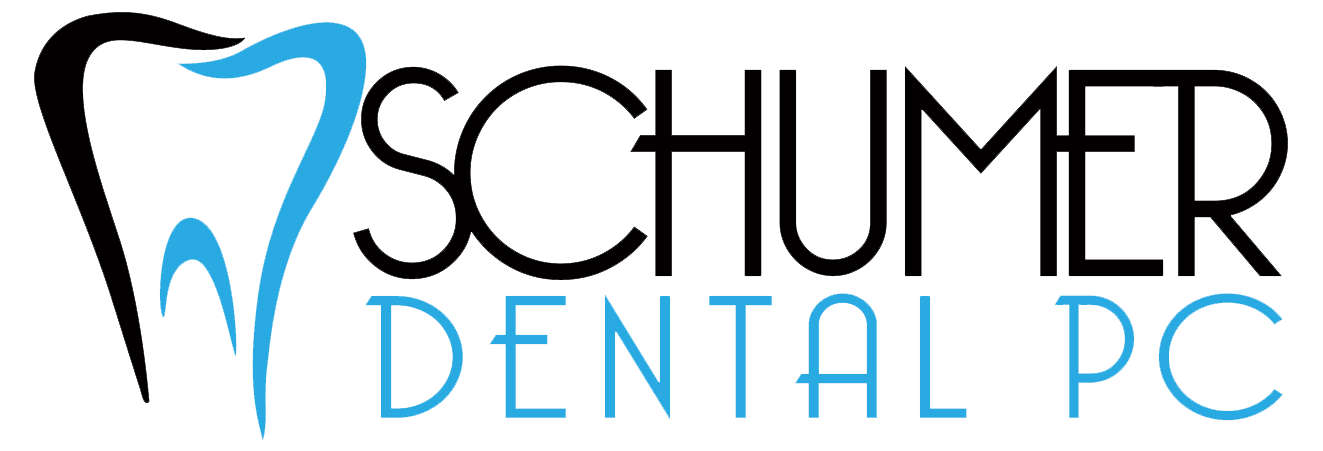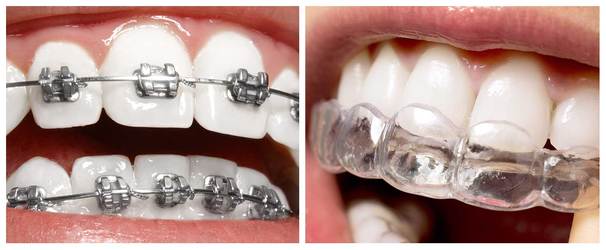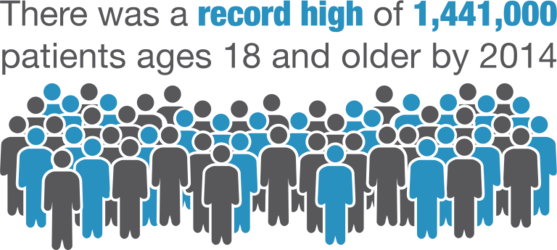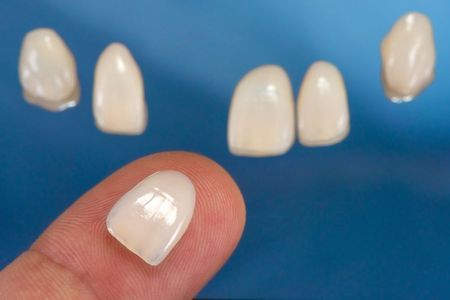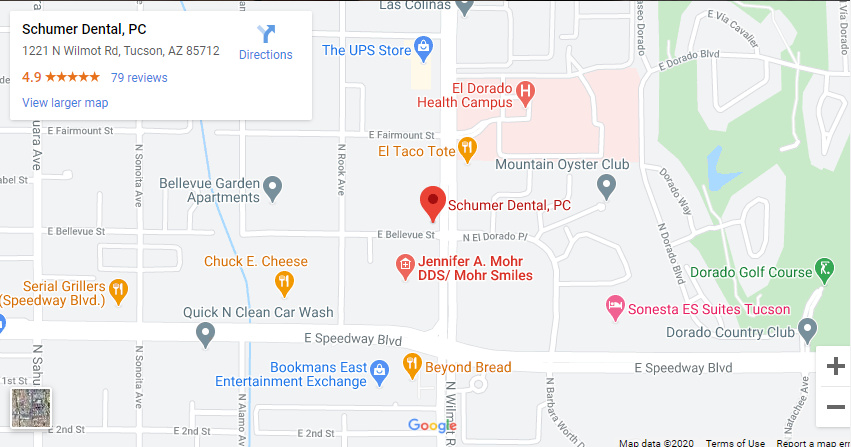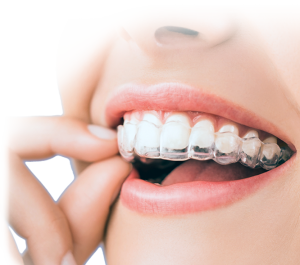
Invisalign
Average Cost
$3,500 to $8,000
Length of Treatment
12 to 18 months
Material
Removable plastic aligners
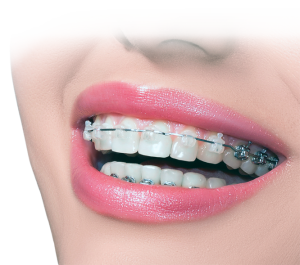
Braces
Average Cost
$2,500 to $6,000
Length of Treatment
2 to 4 years
Material
Metal or ceramic brackets
What’s the Difference?
If you want straighter teeth, you’ve probably heard about both braces and Invisalign. Which is right for you?
Invisalign® and traditional braces straighten misaligned bites to enhance the appearance of your smile and make it as easy as possible to care for your teeth.
Invisalign is a discreet, convenient alternative to metal braces. However, patients with severe misalignment or jaw-related issues may be better suited to braces.
The Defining Feature
HOW ORTHODONTICS STRAIGHTEN YOUR TEETH
Braces move teeth with the force of brackets, wires, and rubber bands that are tightened periodically. Invisalign uses removable plastic trays.
The Major Differences
Visibility
While ceramic braces blend in with the teeth to an extent, metal braces are hard to miss. In contrast, most people don’t even realize patients are wearing transparent Invisalign trays.
Severity of Misalignment
Because traditional braces are much more powerful, dentists usually recommend them for severe misalignment. Invisalign is a more viable option for mild to moderate cases.
Removable vs. Fixed
While metal braces remain attached to the teeth throughout treatment, patients can remove Invisalign when necessary. As a result, flossing and brushing are easier and patients can still enjoy all their favorite foods.
“The average treatment time with Invisalign is just 1 year.”
– Dr. Jacqueline Fulop-Goodling
The treatments share more similarities than differences, though…
Offering Many of the Same Benefits
Reliable Outcomes
While the time investment, cost, and aesthetics may differ, both braces and Invisalign offer the same outcome: a noticeably straighter smile.
Aftercare with Retainers
To maintain results, patients may need to wear a retainer for at least the same amount of time as their orthodontic treatment. Over time, you will only need to wear the retainer at night.
Improved Oral Health
Regardless of which treatment you choose, the results make brushing and flossing more effective. When your teeth are straight, it is easier to clean your smile and prevent decay.
“I’ve seen patients who by our diagnostic criteria have periodontal disease, but as their teeth are being straightened, their pockets resolve…Some patients respond so well…that less or no surgery was needed.”
– Dr. John A. Martin
More Adults Are Pursuing Treatment Than Ever Before
From 2012 to 2014, adults seeking treatment from orthodontists in the United States and Canada increased significantly.
*According to the Dental Tribune
Understanding the Pros and Cons
Pros
| Braces | Invisalign | |
|---|---|---|
| Straighter smile | X | X |
| Inconspicuous treatment | X | |
| Good for severe misalignment | X | |
| Removable | X |
Cons
| Braces | Invisalign | |
|---|---|---|
| Discomfort | X | |
| Retainer needed to avoid re-treatment | X | X |
| Longer timeline | X | |
| Greater cost | X |
Still Considering Your Options?
Most orthodontic options require a considerable time investment. If you prefer more immediate results, your doctor may recommend porcelain veneers or dental crowns. While these restorations cannot correct underlying misalignment, they can quickly improve the appearance of your smile in two appointments or less.
Deciding What’s Right for Your Smile
When deciding whether braces or Invisalign is right for you, ask yourself:
- How severe is my misalignment?
- What is my budget like?
- Does it matter to me if people can tell I have braces?
- How likely am I to remember to wear an aligner?
This last point is especially important. If you forget to wear your aligners for at least 22 hours a day, you may prolong your treatment timeline. Your doctor can recommend which option is best suited to your aesthetic and oral health needs during an in-depth consultation.
